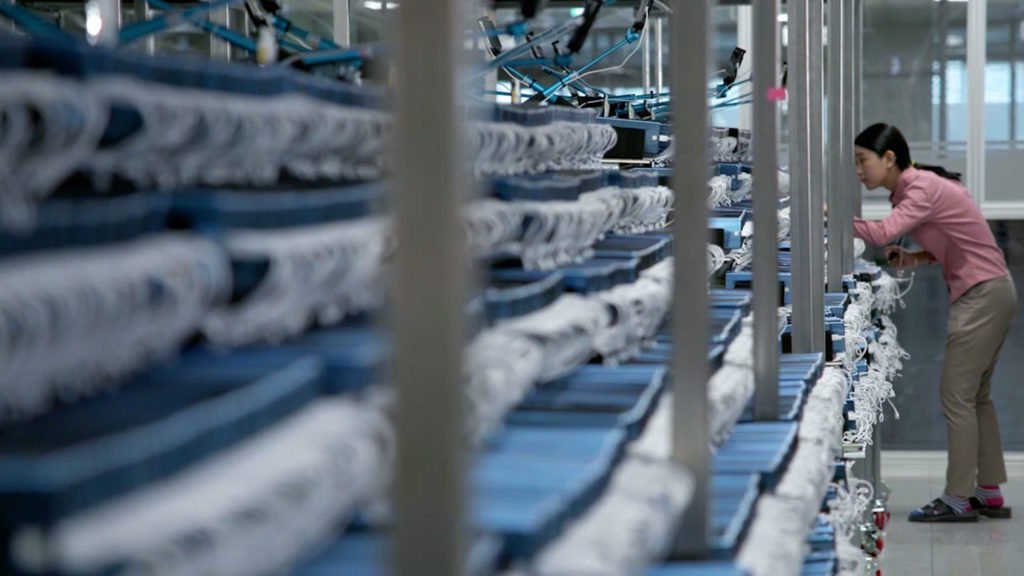The batteries of smartphones have been evolving in recent years. However, the main improvements being rapid charging and wireless charging. Although these developments are not insignificant, the autonomy of smartphones continues to oscillate between one and two days for years.
Graphene ball: Samsung patents a battery technology that increases its capacity by almost 50% and reduces the loading time to a fifth
However, a report recently published on the scientific research website Nature.com points out that Samsung Electronics has achieved what could be the next big step in battery technology for smartphones.
What is graphene ball?
By using a “graphene ball” material at the anode and cathode of the batteries, the Samsung Advanced Institute of Technology (SAIT) has been able to make the LIBs (lithium-ion batteries) charge faster and last longer. So, with this technology, we can have 45 percent more battery capacity. Also, we will have five times faster charging with this technique. That is, from one hour to 12 minutes for a full charge cycle.
Also, the technology is too useful for electric vehicles. That is because it can survive conditions of “up to 60 degrees Celsius”.
RM 50-03 McLaren F1 Made of Steel, Carbon, Titanium, and Graphene
Lithium batteries come with many consumer electronic products. Since their introduction in the early 90s but, despite being the best current option, they are also very restrictive.
Smartphones, laptops, smart watches, etc. They all need these batteries. And the physical space occupied by their cells also impacts the weight and design. Also, they can be quite volatile, as evidenced by the Galaxy Note7 incident.
This is the world’s greatest battery, Tesla
For these reasons, the batteries are crying out for a replacement for something smaller and longer lasting, and a solution based on graphene could be the solution. This light, tiny and durable material has been available since 2004, but scientists are still exploring its potential uses.
Samsung has already patented the new technology in South Korea and the United States. But we do not know when these batteries will come to smartphones.
